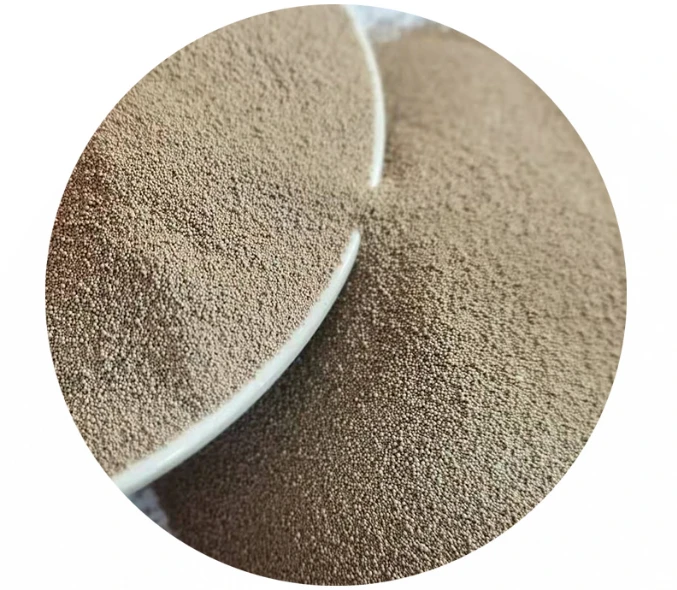

The production of resin coated sand is itself an art, requiring expert-level knowledge in selecting appropriate sand grain sizes and resin types to suit various casting needs. A key focus in manufacturing this material is achieving the optimal resin-to-sand ratio, ensuring the coating process produces homogenous sand grains that bond effectively when exposed to heat during the casting. This balance ensures both economic efficiency and the mechanical performance of the molds. When considering the foundry environment, safety and environmental factors are paramount. The resin coated sand processes align well with strict industry standards on emissions and hazardous material handling. By using advanced fume extraction and filtration systems, modern foundries have succeeded in minimizing the environmental impact of using resin coated sand, enhancing workplace safety and compliance with regulatory requirements. Experts also emphasize the economic benefits of resin coated sand due to its recyclability, which significantly lowers production costs and reduces waste. Spent molds can often be re-used in various capacities after appropriate treatment, making the resin coated sand a sustainable option for many foundries seeking to optimize expenditure without sacrificing quality. In conclusion, resin coated sand represents an impressive convergence of expert material science, foundry technology, and sustainable practices. Its ability to produce high-quality, defect-free castings positions it as a leading choice for industries demanding precision, strength, and reliability. By leveraging the extensive expertise behind resin coated sand manufacturing and application, foundries can trust in its ability to consistently deliver top-tier casting solutions. Post time:Feb . 12, 2025 00:53
Next:using sand in resin
